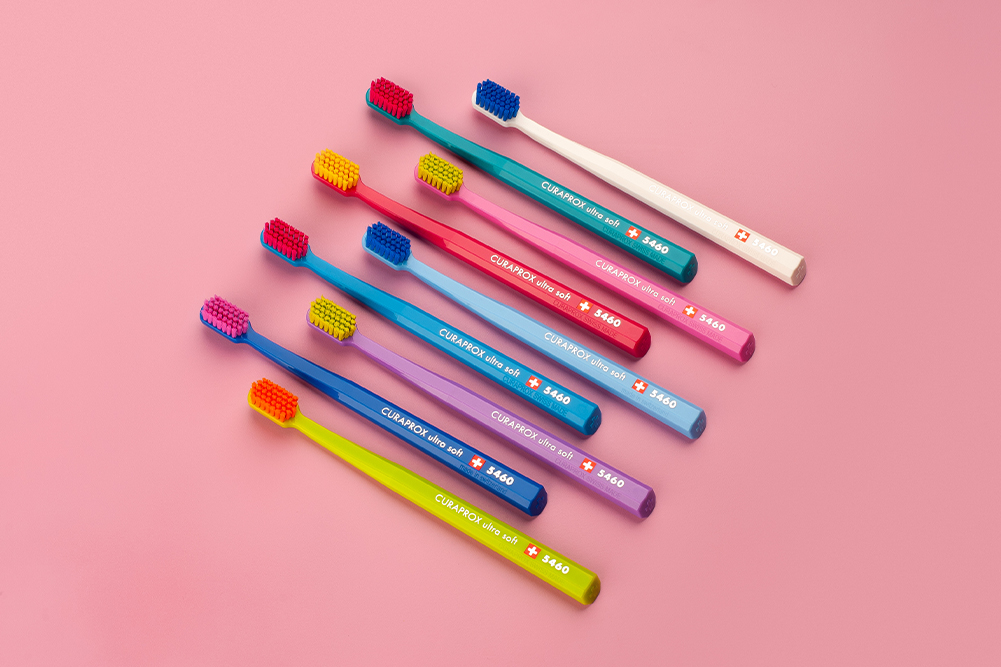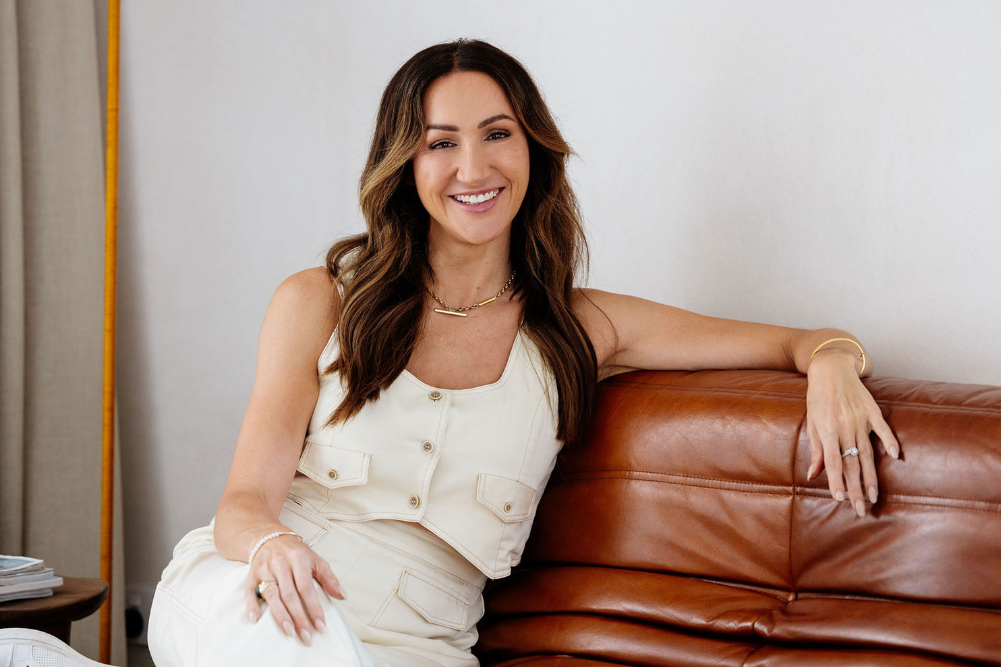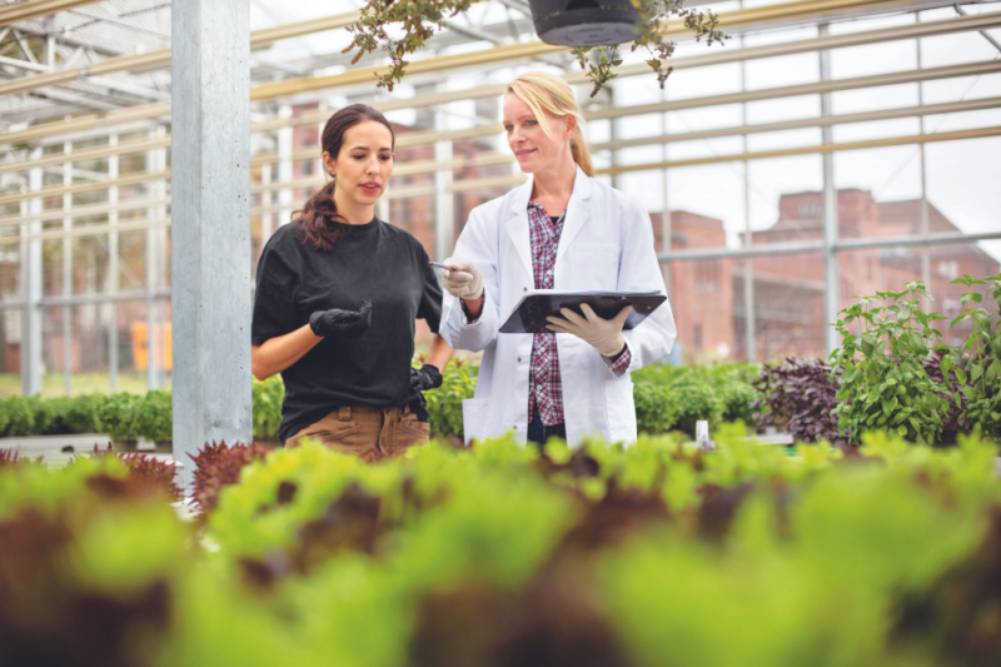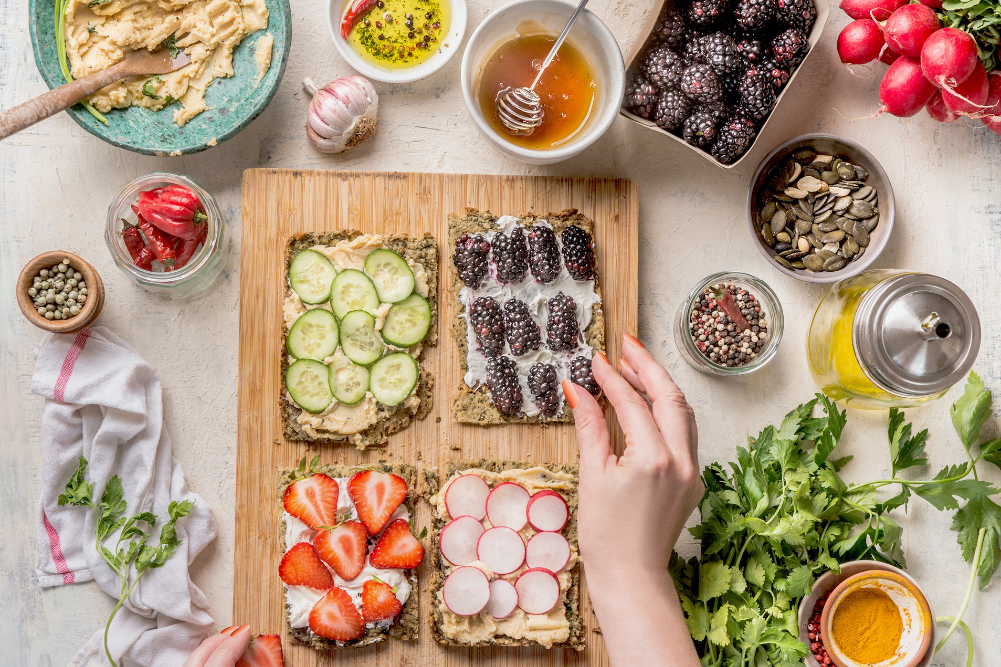The threads of the future
It’s perhaps one of the biggest ecological and political questions of our time: how do we honour and protect our planet through understanding its natural and traditional cycles of rejuvenation, while still embracing modern technologies and sciences of the 21st century?
On the one hand, hundreds of years of colonisation and intensive farming has meant our understanding of the natural cycles of the earth have been ignored. On the other, the pace of our world requires an equally frantic pace of production. So what’s the answer? How do we advance without destroying what we have?
This is the question that Josh Gilbert — climate and Indigenous agriculture activist — has been contemplating his whole life, ever since riding the back of a tractor as a small child on Worimi country, Gloucester Mountains, NSW. It’s only now that the rest of the country — and perhaps the world — is beginning to realise his questions may hold the answers.
Three different worlds combine
As one of the most recognised and awarded voices in Indigenous agriculture and conservation in Australia, it’s a surprising joy to find a conversation with Gilbert is like being invited into a cosy country kitchen and sharing a cuppa.
When you consider the list of accolades, Gilbert is no doubt one of our leading voices in both climate action and Indigenous rights, and a way forward for this country. He was named 2016 Australian Geographic’s Young Conservationist of the Year, the 2017 ACT Young Australian of the Year Finalist, is a TEDx presenter and was a part of Al Gore’s Climate Reality Project. He’s also Indigenous Co-Chair of Reconciliation NSW and on the boards of Indigenous Business Australia, the Aboriginal Housing Office and the Australian Conservation Foundation. And yet, when you speak with him, there’s an immediate sense of humility.
“When I reflect back on my life and how I ended up here, there’s probably three things that have led me here.
“The first, I was lucky enough to have my grandparents and great-grandparents around for most of my childhood. My great-grandmother lived until I was 18, and to have her knowledge and guidance and advice around in those years was invaluable. Going to my grandparents’ farm, which was on Worimi country, and learning about the soils, the ways of the land, and just being able to drive around on the tractor with our feet swinging on the front carry-all of the tractor — that’s such a strong memory. It’s probably an OH&S security issue now! But at the time, my sister and I could just go and explore.
“The second one was a very different — and perhaps other end of the spectrum — experience,” he continues. “We lived in a pretty small country town (off country) where agriculture was ingrained into the whole township, and farmers would only get paid once a year for their wool, and the whole town revolved around that. It was about the land, but in a different way. We would quite literally just shut the streets to play a game of cricket, or have a barbecue or a yarn. You’d pull up, side by side, in cars and just have a chat. It really ingrained the beauty of the land and the lifestyle into me in another but different way.
“And the third thread is actually really kind of strange when I look back on it — it’s actually about sheep! My best friend at school had a sheep property just out of town. And I remember going with them to feed the poddy lambs during lambing season, and there was something about that which triggered me later in life. It’s hard to explain, but I think, strangely, that’s where I started to realise the effect of the way we farmed. This is definitely not sheep country, and so somewhere in my late teens, all of these threads started to come together, and led me to this work.”
Which, in his words, is what we’re missing: connection between the Indigenous knowing, the farming communities and what we should (and should not) be producing.
“When I think about the younger generation and the climate crisis ahead
of us, if they really don’t have much time or energy spent in the country outside of the cities, it can be quite hard to convince them that there is a problem.”
Everyone at the table
The picture Gilbert paints as he speaks about this split in knowledge and community, you can almost envision a huge family gathering. At one end, you have the elders, the ones who have seen the seasons and know the land and have wisdom to share. At the other are the young scientists, bursting with enthusiasm for the possibilities and solutions they have at their fingertips. No one is talking to the other. And the distance between them continues to grow.
“I’m very mindful that our kids and even young Aboriginal kids are very city-dominated now, even more so for young Indigenous kids. We need to get them back on the land and say, ‘Hey, this is what’s happening. Look what’s happening.’ Because if we want them to be our advocates in the future, we have to get them to understand it.” Society and colonisation, he explains, have really forced “kids off country”.
“If you think about the kind of difficulties we are seeing with reconciliation action plans, and the process around corporatising Indigenous knowledge or Indigenous businesses, it has actually created an environment where for [Indigenous people] to thrive, you have to move back to the city. Or that’s at least the perception. So what we really need to do is get mob working on country again.”
More than that, he argues we also need more Indigenous graduates specialising in agriculture, sciences and the environment. Whereas previously, there was an average of less than five Indigenous agricultural graduates across all universities in Australia per year, Gilbert says there’s change afoot.
“It’s really exciting for me — we’ve got 20 at the moment! That’s four times the average graduate level over the last 10 or 15 years!”
While scholarships and targeted support are creating some of that change, there’s also a need for deeper industry acknowledgement of what’s needed for the future, from the idolised image of country life to the advertising and media we consume.
“There’s a range of barriers to mob accessing the industry. One of it is this terrible legacy of agriculture acting as a colonial tool to really take over land and manage it in a Western sense. And that’s led to the horrible treatment of mob within agricultural systems of unpaid wages and labour, and no acknowledgement of the knowledge that mob have of country.
“I think we have this romantic view of agriculture in Australia, and while there’s bits of that poetic narrative, and I get excited by that because that’s our chance to connect with society and city cultures, there’s a whole lot of work around truth-telling and understanding of country that needs to happen.
“RM Williams doesn’t have any Indigenous brand advocates, for instance, or in the media and news coverage we don’t see mob farmers. To most of Australia, it’s still a very white industry and doesn’t actually show mob in the field or what we’re doing.”
This, he says, means there is maybe a reluctance and a feeling of inaccessibility for Indigenous kids to get into the agricultural courses. Even when there are great Indigenous farmers already leading the way.
Tying it all together
To be clear, Gilbert is adamant the conversation needs to go both ways, while clearly celebrating and acknowledging Indigenous success, especially outside of the traditional “native products” that we may assume is the sum total of the industry.
“So often, when we think about Indigenous agriculture, we think about it in this real static sense of mob farming bush foods or native grains or kangaroo and emu. That’s the perceived view of what we think Indigenous agriculture should be, where actually it could be young mob flying drones, checking out their white Western stock and breeding really great beef cattle. That’s completely within the remit. It could be getting really great wool and turning that into amazing wool suits that we have young Aboriginal designers designing and showcasing. All of that’s within reality, but we just haven’t kind of got there or recognised that that could be Indigenous agriculture.”
This, he says, is his ultimate goal: to acknowledge Indigenous farming, production and skills no matter what they’ve produced, and to ensure the profits then flow back into growing more Indigenous opportunities.
“At the moment, less than 1 per cent of the revenue from the industry is actually going back to Indigenous people. There’s
a lot of businesses out there who sell bush foods that are native to mob, where mob have all the cultural knowledge about, but are getting sold by non-Indigenous people with businesses that look pretty Aboriginal, even though they’re not.”
So what is the answer then? How do we bring these threads together and ensure our land is safeguarded, our industries grow and Indigenous farmers and producers receive the profit deserved?
“What happens in Australia is very different to what happens in the rest of the world, which really fascinates me. So in Australia, what we advocate for is a recognition of Indigenous cultural, intellectual property. That’s really fascinating and it’s taken a long time to get to a position where we even have that.
“But in the US, where they have been talking about Indian-made products for about 40 or 50 years, they have a trademark system based on the producer — not worrying about what kind of commodity they’re growing. So if you farm a native product in America and you’re a native producer over there, you get the certified tick. But if you’re a native producer over there and you farm beef cattle, you still get the tick. And for me, that’s the process that I think we need to explore a lot more in Australia. We need to certify the producer, no matter what they’re growing.”
Acknowledging the people who created it, not just the end result. Something, Gilbert says, we can all be doing in our own ways, even as our leaders try to come to an agreement on an Indigenous voice in our country.
“I’m always optimistic. I think that there’s a lot of work to be done, but we’re also getting somewhere. And while we need to harness these conversations at a national and state level through treaties or referendums, there’s also a whole range of people out there who work in organisations who should be asking: What does the Indigenous voice look like within our group? What does that sound like in our industry? For instance, we’re looking at that within the environmental groups that I’m working with now. What does the Indigenous voice look like given the connection that Aboriginal people have to land? Beyond just agriculture and the environment, what does the Indigenous voice look like in our small or big parts of this country? That’s the kind of conversation I’m really excited about.”
As we as a nation continue to confront both the enormous challenge of climate change and a true and lasting reconciliation, Gilbert’s way of weaving these threads together feels not only possible but simple, bringing us right back to the beginning of his story, and this weaving together of the new and old, the industrialised and the Indigenous.
“My grandmother was 94 when she passed away, and I still think about sharing yarns with her and savouring those real slow moments that we so often overlook in life. Just sitting in the kitchen and having a yarn and a cup of tea and a biscuit — so far removed from the fast-paced life in the city.”
Maybe that’s what we need. All back at the table together.








